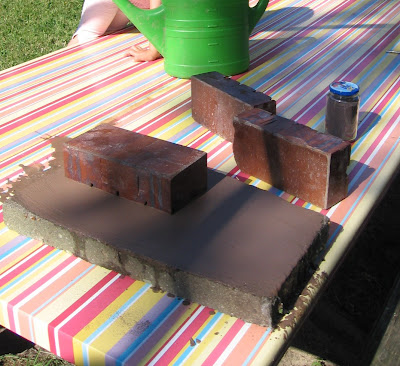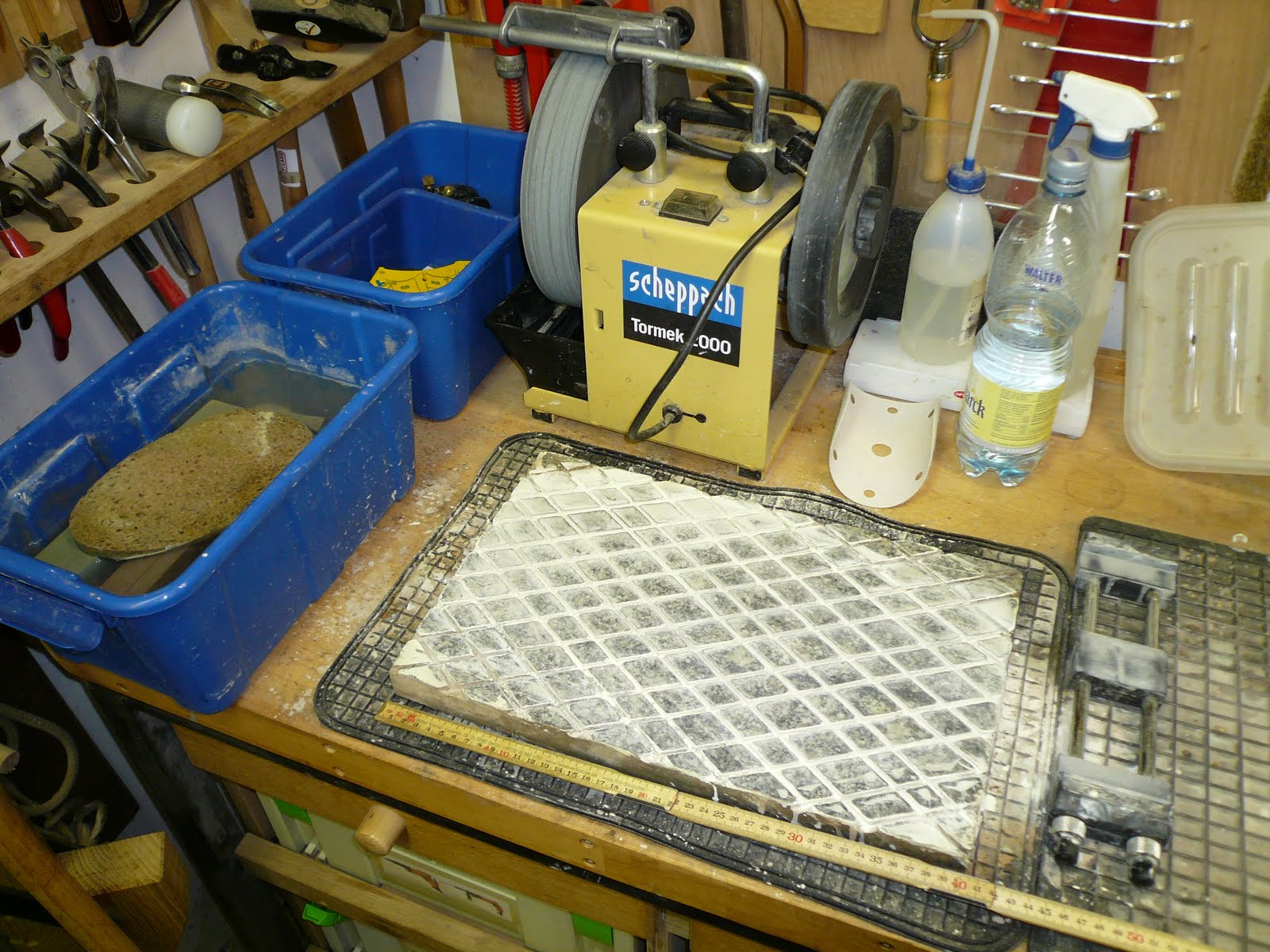Jacob":16brf0ua said:Start here
Loads of examples. But very variable. Some are not even Japanese and are using "transitional" methods. But you can see clearly in many of them that they are using the whole face of the stone. Some of them can be seen to freshen up the surface with a quick pass of something or other, but this isn't quite the same as "flattening"
These are mostly water-stones but you do the same with oil stones.
Re telling how to do in a few words how many words are needed in addition to using the whole face of the stone, spreading the wear etc? What is there to explain?
It's similar to flattening a piece of wood - to avoid making a hollow, or a hump, you work on reducing the high points - or better still - spread the work so you don't create them in the first place.
PS chisel sharpening jap style here
This chap seems to have done a load of videos using different sorts of stones and tools.
Here's another. He starts by freshening the surface and then proceeds to use the whole face - changing position and shooting right off the ends.
There's loads of them and an interesting voyage of discovery if you open some of the links to the right. Could take you anywhere!
http://www.youtube.com/watch?v=g69Xj7u3 ... re=related
Thanks, that helps. I think freshen up is "flattening" just little by little.
Cheers
Pedder






